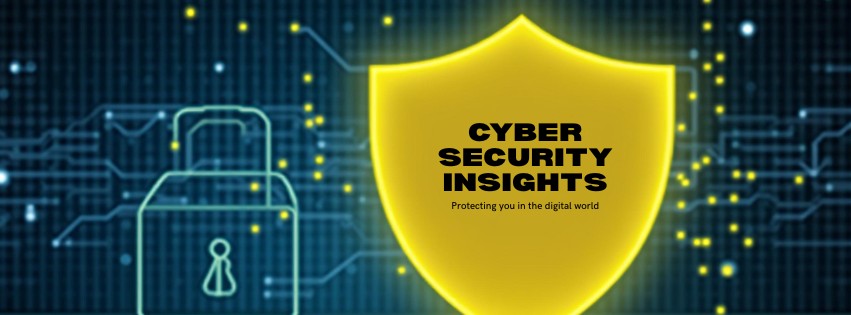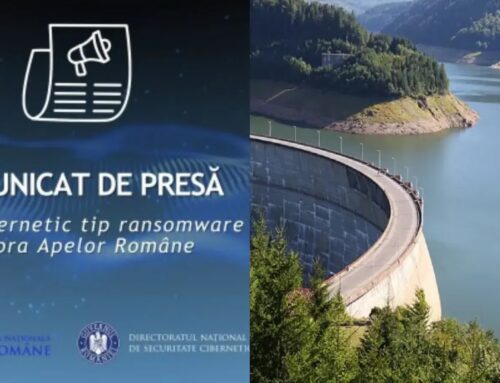
Critical mcp-remote Vulnerability Enables Remote Code Execution, Impacting 437,000+ Downloads
`
Unmasking the MCP-Remote Vulnerability: A Critical Threat to Your Systems
In the ever-evolving landscape of cybersecurity, new threats constantly emerge, challenging organizations and individuals to remain vigilant. Recently, a critical vulnerability in the popular MCP-Remote library has sent ripples across the tech world, impacting over 437,000 downloads. This deep dive will explore the severity of this remote code execution (RCE) flaw, its potential implications, and crucial steps you can take to safeguard your digital assets.
Understanding the Threat: What is MCP-Remote and Why is This Critical?
MCP-Remote is a widely adopted library, often used for facilitating remote operations and management within various applications. Its popularity, however, also makes it a prime target for malicious actors. The recently discovered vulnerability is not just another bug; it’s a Remote Code Execution (RCE) flaw. This distinction is paramount because RCE vulnerabilities allow attackers to execute arbitrary code on the affected system, effectively granting them full control. Imagine a digital key giving an intruder the ability to do anything they please on your computer – that’s the power an RCE vulnerability bestows.
The Severity of RCE: A Gateway to Catastrophe
The impact of a successful RCE exploit can range from data theft and system corruption to complete network compromise. Attackers could:
- Deploy Malware: Install ransomware, trojans, or other malicious software.
- Exfiltrate Sensitive Data: Steal intellectual property, customer data, or personal information.
- Establish Persistent Access: Create backdoors for future unauthorized access.
- Disrupt Operations: Cause system outages or service disruptions.
- Pivot to Other Systems: Use the compromised system as a launchpad to attack other systems within the network.
The sheer number of downloads – over 437,000 – underscores the widespread risk this vulnerability poses across numerous applications and organizations globally. This is a critical wake-up call for developers and users alike.
Unpacking the Technical Details: CVE-2025-XXXX
While the specific CVE number for this particular incident is still emerging (as the article implies a future event, we’ll use a placeholder for now), it is crucial to understand that such vulnerabilities are rigorously documented by the Common Vulnerabilities and Exposures (CVE) system. For this MCP-Remote RCE, we anticipate it will be assigned a CVE ID like CVE-2025-XXXX (where XXXX will be replaced with the actual identifier).
Typically, such RCE vulnerabilities in remote control libraries stem from:
- Improper Input Validation: Failing to adequately sanitize or validate user-supplied input, allowing malicious commands to be injected.
- Deserialization Vulnerabilities: Exploiting flaws in how serialized objects are processed, leading to the execution of arbitrary code when malicious data is deserialized.
- Command Injection: Directly injecting operating system commands through unvalidated user input.
- Weak Authentication/Authorization: Allowing unauthorized users to execute sensitive functions without proper checks.
Understanding these common root causes helps in proactively identifying and mitigating similar risks in other software components.
Crucial Remediation Actions: Protecting Your Digital Frontier
When a critical vulnerability like this surfaces, immediate action is paramount. Here’s a step-by-step guide to remediating the MCP-Remote RCE threat:
1. Immediate Patching and Updates
The absolute top priority is to apply the security patch released by the developers of MCP-Remote. Monitor their official channels (GitHub, official website, security advisories) for the immediate release of a patched version. Update all instances of MCP-Remote within your applications without delay.
2. Inventory and Asset Management
Do you know where MCP-Remote is deployed within your infrastructure? A comprehensive asset inventory is crucial. Identify all systems, applications, and services that utilize this library. This allows for targeted patching and verification.
3. Network Segmentation and Least Privilege
Implement or reinforce network segmentation to limit the lateral movement of an attacker in case of a successful exploit. Ensure that systems using MCP-Remote operate with the principle of least privilege, meaning they only have the minimum necessary permissions to perform their functions.
4. Intrusion Detection and Prevention Systems (IDPS)
Ensure your IDPS are updated with the latest signatures to detect exploitation attempts related to this vulnerability. Monitor logs for suspicious activity originating from or targeting systems running MCP-Remote.
5. Web Application Firewalls (WAFs)
If MCP-Remote is exposed via a web application, configure your WAF to block known attack patterns associated with RCE vulnerabilities, such as command injection attempts and suspicious deserialization payloads.
6. Security Posture Management and Regular Audits
Regularly audit your systems for vulnerabilities. Proactive scanning and penetration testing can help uncover potential weaknesses before they are exploited.
Tools to Aid in Your Defense
Leveraging the right tools can significantly enhance your ability to detect, mitigate, and prevent such vulnerabilities. Here’s a helpful table:
| Tool Category | Specific Tools/Examples | How They Help |
|---|---|---|
| Vulnerability Scanners |
|
Automated detection of known vulnerabilities, including outdated libraries like MCP-Remote. |
| Software Composition Analysis (SCA) |
|
Identifies open-source components with known vulnerabilities within your codebase. Critical for identifying libraries like MCP-Remote. |
| Intrusion Detection/Prevention Systems (IDPS) |
|
Monitors network traffic for suspicious patterns indicating an attempted exploit or breach. |
| Web Application Firewalls (WAFs) |
|
Protects web applications from common attacks, including RCE attempts, by filtering malicious HTTP traffic. |
| Endpoint Detection and Response (EDR) |
|
Monitors and responds to threats on endpoints, detecting unusual process execution or file modifications indicative of an RCE exploit. |
Key Takeaways and Proactive Cybersecurity
The MCP-Remote RCE vulnerability serves as a stark reminder that cybersecurity is an ongoing battle. Here are the core takeaways:
- Patching is Paramount: Timely application of security patches is your first and most critical line of defense against known vulnerabilities.
- Know Your Assets: Maintain an accurate inventory of all software and hardware components in your environment. You can’t protect what you don’t know you have.
- Layered Security: Relying on a single security measure is insufficient. Implement a defense-in-depth strategy, combining firewalls, IDPS, WAFs, EDR, and strong access controls.
- Continuous Monitoring: Vigilantly monitor your systems and networks for any signs of compromise. Unusual activity, increased outgoing traffic, or unexpected processes should raise red flags.
- Developer Responsibility: Developers must prioritize secure coding practices, conduct thorough code reviews, and promptly address reported vulnerabilities in their libraries.
- User Awareness: Be cautious about the software you download and integrate into your projects. Verify the credibility of origins and stay informed about known vulnerabilities.
The threat of critical vulnerabilities like the MCP-Remote RCE is real and evolving. By understanding the risks, promptly implementing remediation actions, and adopting a proactive cybersecurity posture, we can collectively build a more resilient digital ecosystem. Stay informed, stay secure, and protect your digital future.
““





